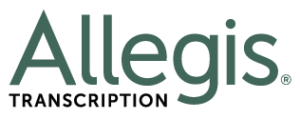4 Ways Insurance Transcription Helps Adjusters
In the insurance industry, time is money. Thus, it is important for claims representatives to have the right tools and processes to make their job as easy and efficient as possible. One way this is done is by having access to a recorded statement transcription service. Here are four ways insurance transcription helps adjusters.
#1: Save Time
One of the most obvious ways insurance transcription helps adjusters is by saving them time. Looking back through a verbatim account of a recorded statement to find certain details is often easier and more efficient that having to listen to an audio file. Furthermore, it allows managers and fellow team members who might be taking over a file the ability to catch up to what has already been reported without having to listen in real time. For companies that shift claims cases around various departments on a regular basis, having this type of record on file is essential to effective time management.
#2: Catch Discrepancies
Utilizing a secure transcription service also helps adjusters by allowing them to catch discrepancies. If a file warrants multiple recorded interviews with either an insured or claimant, the transcript documents can be compared for both glaring and small differences. In situations where fraud is suspected or the situation is quit unique, determining whether or not details match up can be a very vital part of the discovery process.
#3: Have a Complete File
Recorded statement transcription also helps adjusters by allowing them to have a complete claims file. In situations where a claim is either going to litigation or requires further inspection by a legal team, having the transcription versus only an adjuster’s notes can help a legal team get a full picture of the case at hand. In certain scenarios, this can mean the difference between a file being handled one way versus another.
#4: File Arbitration
Arbitration Forums is a membership-driven, non-profit organization that helps insurance companies settle various claims disputes among each other. Both sides have the opportunity to present its case before an appointed arbitrator and the decision made becomes legally binding. While this process is often an excellent way for carriers to save money and eliminate the need to file in court, there is one caveat to the process—they do not accept recorded audio as part of a case file. In order to present an insured or claimant’s statement verbatim, it must be in a transcript format.
While these are just a few of the many ways insurance transcription helps adjusters, they are certainly four of the most important. For more information on our services, please contact our team at Allegis Transcription today.



